Letter from the Editor
The Waybill is for you the members and our friends to enjoy. If there is something you would like to see in the Waybill then please contact us by email at
contactus@mysticvalleyrs.org or by mail.
We are always looking for stories to include, as we have many members who are no longer able to go on any trips and they get great enjoyment out of reading about them.
So if you have ever wanted to be a Newspaper reporter now is your chance…

Group Sales Policy: 10 or more tickets purchased in ADVANCE by the SAME PERSON will be entitled to a 10% DISCOUNT subject to availability.
BLOCK SPACE may be arranged on any non-restricted event with Ticket Coordinator or Tour Director (when assigned) at least 50 days prior to departure. For further information, please contact the Mystic Valley Railway Society, 617-361-4445 or e-mail at
contactus@mysticvalleyrs.org.
From the President
by Theresa E. Rylko
We are slowly planning the trips. If you have a suggestion of an area
you would like to visit let us know or join the trip team and help plan
them. See page four.
What
is a Due on Sale Clause in a Mortgage?
by
Marian
E.
McGrath,
Senior
Attorney
of Pinta Law Group, LLC
A due on sale clause in a mortgage is a contract provision that allows
lenders to immediately demand payment from the borrower on the remaining
balance owed on the mortgage if the ownership interest in the home
secured by the mortgage is transferred or sold to another party. A due
on sale clause is sometimes called an accelerationclause. Generally,
mortgage lenders such as banks require borrowers to pay off any
outstanding balance on theirloan from the proceeds of the sale of the
property. When there is a due on sale clause in the mortgage, the lender
may choose to exercise it but does not have to do so. In contrast, an
assumable mortgage does not have a due on sale clause.
When a Lender May Not Legally Use a Due on Sale Clause.
There are also instances when a lender may not legally invoke a due on
sale clause according to the 1982 federal law entitled the Garn-St.
Germain Act. For example, it is not legal for the lender to enforce the
due on sale clause in the event of a legal separation or divorce if the
ownership of the property is transferred from both spouses to one of the
spouses. Further, in transfers of residential property to the owner’s
children, lenders are prohibited from using the due on sale clause. This
is also true if the property is transferred to a relative upon the death
of the owner. Another example of when it is not legal for lenders to
enforce a due on sale clause occurs when the residence is transferred to
a living trust and the borrower is the beneficiary of this trust. (These
examples do not include all the circumstances when a lender may not
legally invoke a due on sale clause in a
mortgage.)
Other Important Facts About Due on Sale Clauses.
While this was not always the case, most mortgages in the United States
currently include a due on sale clause, except for loans ensured by
certain agencies of the federal government. Under a due on sale clause,
a borrower may not attempt to sell the property without the lender’s
consent. If the borrower tries to do so, the lender may foreclose on the
borrower’s property and any indebtedness then carried on the note
becomes immediately
due and payable.
Due on Sale Clause Example.
A married couple, Adam and Eve, co-own residential property with a
$500,000 mortgage that includes a due on sale clause. While they still
owe a balance to the lender, Adam and Eve get divorced, and the property
is transferred solely to Adam. The lender may not invoke the due-on-sale
clause in this instance.
After a few years, as housing prices increase, Adam, who still owes
money on the mortgage, decides to sell the home to Veronica and
Theodore, another married couple who do not fit any legal exceptions.
Under this circumstance, if the lender chooses to enforce the due on
sale clause, Adam must be able to repay the remaining balance on the
mortgage to the lender upon the closure of the new sale.
Conclusion.
When planning to transfer real property where a mortgage is in place, it
is important to know whether the mortgage has a due on sale clause and
whether any exceptions apply.
This article provides general information and does not provide legal
advice. No attorney-client relationship is created by reading this
article.
Do not act upon this information without consulting a licensed
attorney who is in good standing
Riding
the Rails
By Robert A. LaMay
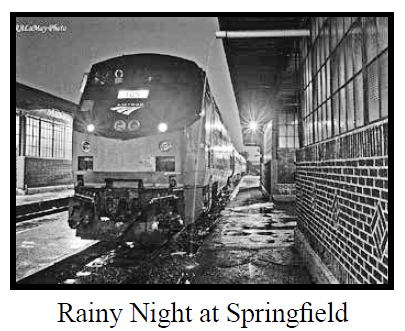
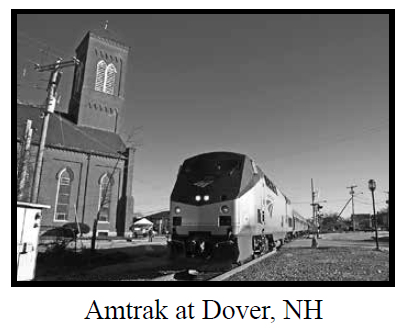
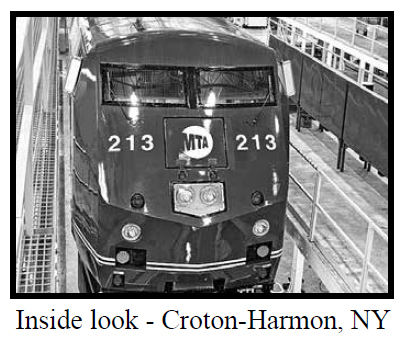

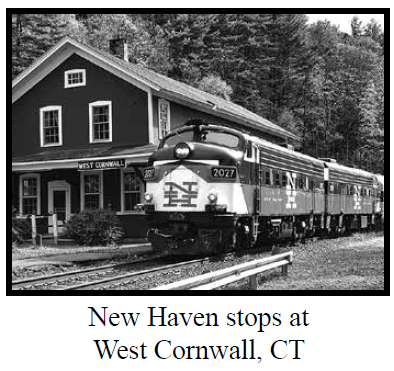
Want to order the new 2025 calendar?
Click Here!
Calling all Members!
ARE YOU LOOKING FOR ACTIVITY??
ALL ABOARD with the Mystic Valley Volunteers – the
activities are as varied as
their locations. Auto transportation is essential for some events, but
many are located
on the MBTA routes and may gather at special locations or at members’
homes. Is
distance an impediment? NO WAY, for we have dedicated
members in many states
and foreign countries who complete their activity by letter or E-Mail.
Remember: volunteering
allows you to share your talents and interests with those who would
benefit
most.
TO JOIN THE FUN Please request a volunteer form by
submitting your request
& membership number to: M.V.R.S. P. O. Box 365486,
Hyde Park, MA 02136-0009
or visit our Website www.mysticvalleyrs.org.
WHAT HAPPENS NEXT? Your request is presented at our
regular meeting so
that you will be contacted by the appropriate chairperson. From there it
is up to you
how involved you wish to be, for the level of activity and variety of
trips offered by the
Society are solely determined by the level of participation supplied by
our volunteer
members. WELCOME ABOARD!
BOARD OF
DIRECTORS
2024-2025
President - Theresa E. Rylko (Tracey)
Vice President - Vacant
Treasurer - Judy Berson-Hoyt
Recording Secretary - Nancy Roney
Directors:
Jeff Costrello
Lillian Garvey
Nancy Juskin
Ellie Manning
William Manning
Marcia Pennington
Gerard Sevigny
You will see many of these volunteers as tour leaders
on your trips.
It takes a team effort to have a
successful volunteer organization. Please share your talents as a
volunteer with MVRS and be
rewarded by seeing your work in action.
Call 617-361-4445 and a volunteer form will be sent to you.
.
Previous Waybills:
Spring 2024
Spring 2023
Winter 2022-2023
Fall
2022
Winter 2021-2022
Summer 2021
Spring 2021
Winter 2020-2021 Fall
2020 Summer 2020
Spring 2020
Winter 2019-2020
Fall 2019
Summer 2019
Spring 2019
Winter 2018 Fall
2018 Summer 2018
Spring 2018
Winter 2017 Fall 2017 Summer 2017
Spring 2017
Winter 2016
Fall 2016
Summer 2016
Spring 2016
Winter 2015
Fall 2015 Summer 2015
Spring 2015
Winter 2014
Fall 2014

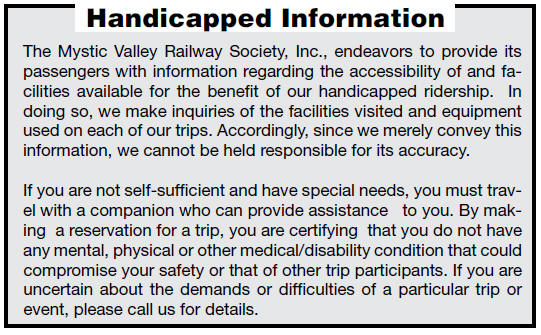
|
 MYSTIC VALLEY RAILWAY SOCIETY
MYSTIC VALLEY RAILWAY SOCIETY
 MYSTIC VALLEY RAILWAY SOCIETY
MYSTIC VALLEY RAILWAY SOCIETY
